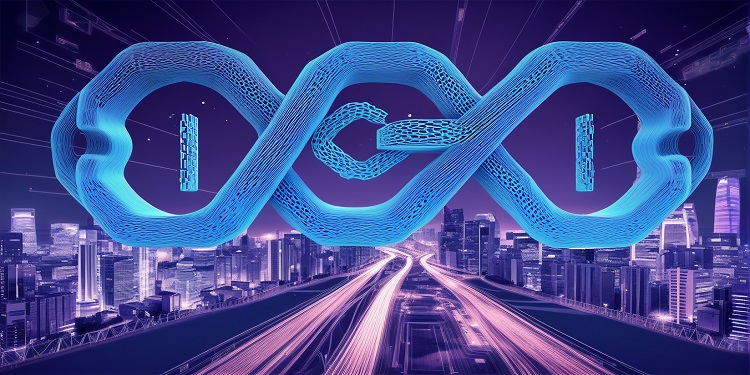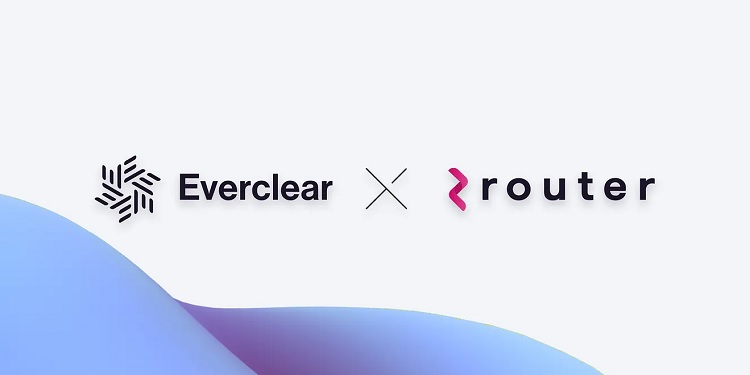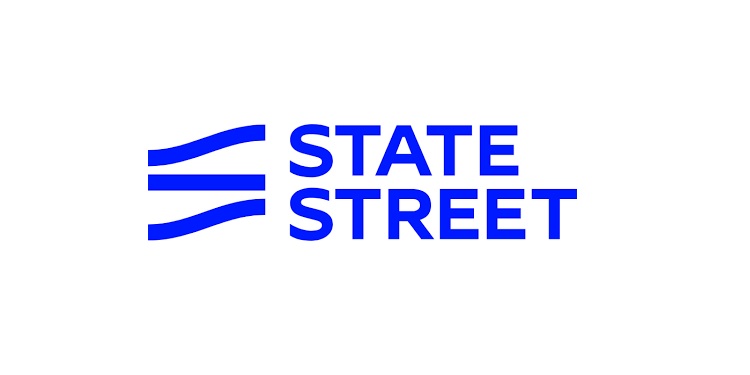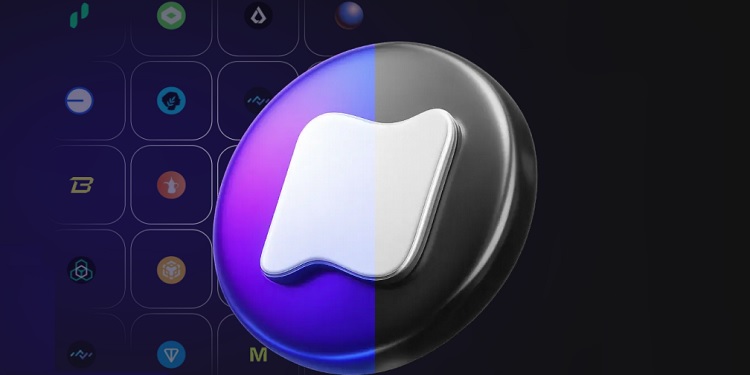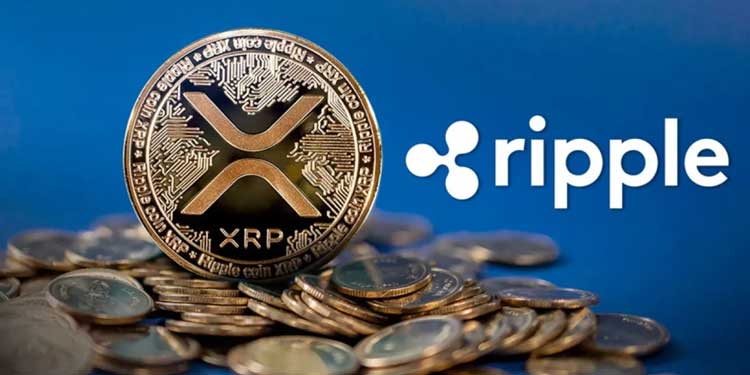A new entrant in the Layer 1 blockchain ecosystem, Gigachain Labs, has introduced a protocol that reimagines blockchain scalability by enabling trustless parallel execution—a breakthrough that could significantly expand the scope of decentralized applications. Developed by a team backed by Presto Labs and incubated by the Telos Foundation, the new SNARK-based Gigachain protocol has been presented as the first to support decentralized, permissionless, and non-conflicting concurrent transaction processing, all while maintaining security guarantees and state consistency.
In contrast to conventional blockchains that process transactions sequentially, Gigachain introduces a system where multiple transactions can be executed simultaneously without conflict. The conventional model also requires every validator to process the full transaction history of the chain, which has long posed a bottleneck for performance and scalability. Many blockchains have attempted to overcome this challenge by pushing computation off-chain, often sacrificing decentralization, security, or user experience in the process.
Gigachain challenges this status quo by redefining throughput not just in terms of Transactions Per Second (TPS), but also in terms of transaction weight. The protocol introduces the metric of Instructions Per Second (IPS) to measure the computational power a blockchain can manage. According to Gigachain Labs, their system is designed to achieve over 61 billion IPS. This figure represents a dramatic improvement—over 500 times greater than what is achievable by multi-threaded models like Solana’s, and more than 10,000 times higher than Ethereum’s fully sequential model.
Parallelism Without Compromise
The key innovation behind this leap is Gigachain’s use of zk-SNARKs, or zero-knowledge succinct non-interactive arguments of knowledge, to facilitate parallel transaction processing in a decentralized context. The protocol organizes transactions into non-conflicting batches which are then executed and verified simultaneously by various decentralized entities. These individual batch proofs are later aggregated into a single proof, validating the entire block. This design removes the need for redundant re-execution across the network, significantly improving throughput while preserving decentralization and security.
The introduction of this protocol aims to pivot blockchain discourse from hypothetical TPS metrics to a more holistic understanding of scalable computation. Gigachain’s leadership suggested that while current scaling discussions often emphasize raw transaction speed, they tend to overlook the importance of handling complex computation in parallel—a cornerstone of modern computing infrastructures.
Built by Blockchain Veterans
The founding team behind Gigachain consists of experienced professionals with deep expertise in blockchain infrastructure and cryptographic research. Key figures include former leaders from IOHK and the Telos Foundation’s venture arm. Among them is Alberto Garoffolo, known for his previous roles as Head of Zero Knowledge at Telos, Chief Technology Officer at Horizen, and Head of Engineering for the Midnight project at IOHK. He has been credited with substantial contributions to zk-SNARKs, recursive proof systems, and decentralized scaling architectures. Alongside Garoffolo, other technical leaders such as Paolo Tagliaferri, Ljubiša Isaković, Marco Olivero, Daniele Di Tullio, and Momčilo Miladinovićand round out the team.
Garoffolo publicly unveiled Gigachain’s capabilities during a live presentation at zkSummit13 on May 12, 2025, marking the protocol’s official introduction to the broader blockchain community.
With its novel approach to distributed, high-performance computation, Gigachain is positioning itself as foundational infrastructure for the next generation of blockchain applications, particularly those requiring heavy computational loads. By making trustless parallel execution a reality, the protocol is expected to open doors for use cases that were previously unfeasible on traditional blockchain platforms.

